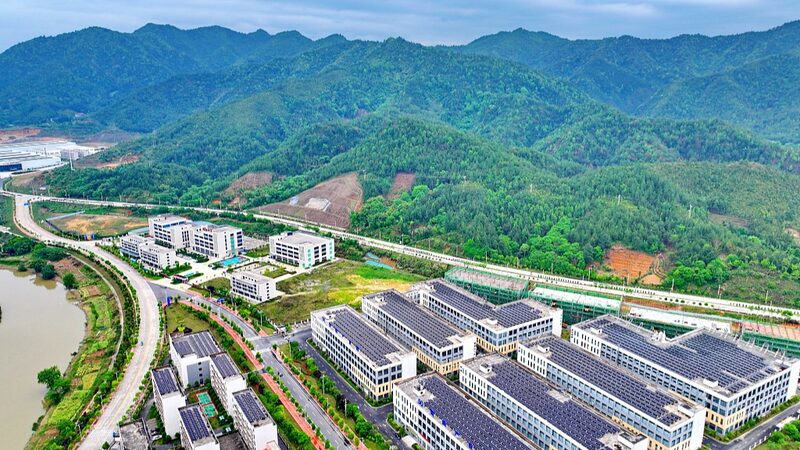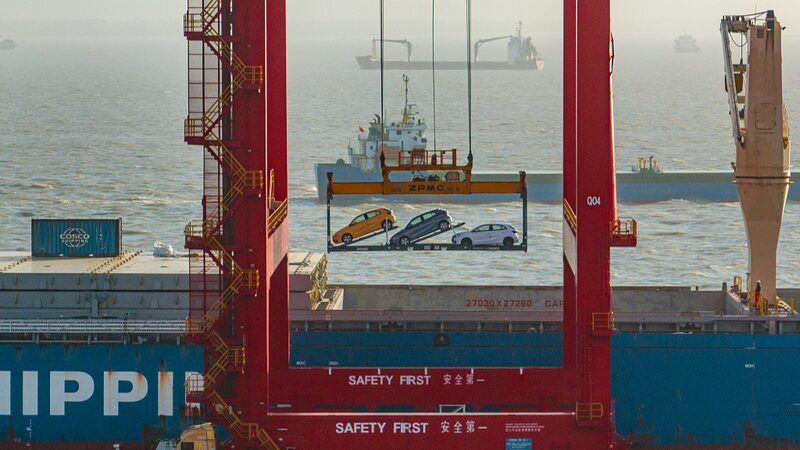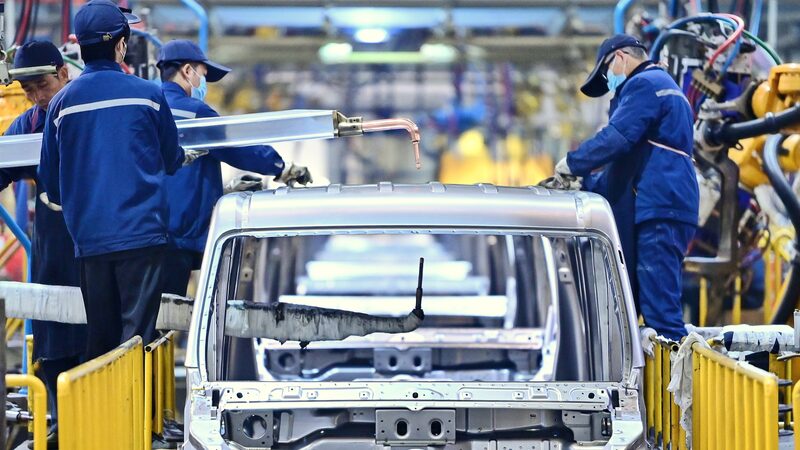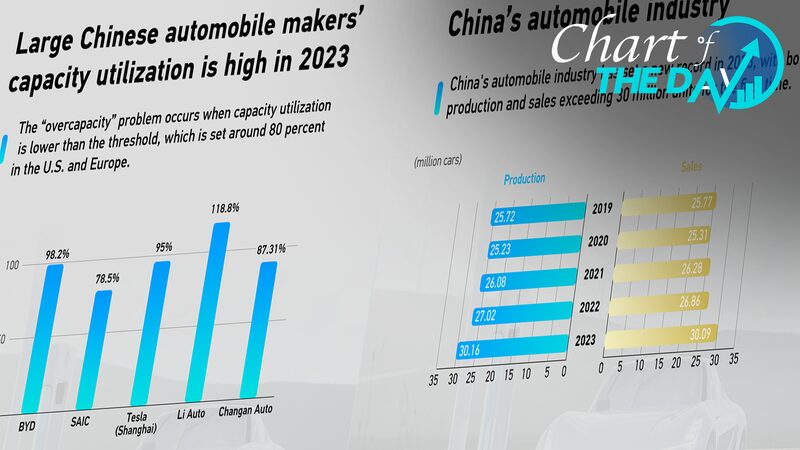Is China really flooding the world with excess solar panels, EVs, and batteries? U.S. and European leaders have raised concerns, but the data tells a different story. Let’s break it down! 💡
By the Numbers: What’s ‘Overcapacity’ Anyway?
Industrial capacity utilization rates in China (75.9%) and the U.S. (78.8%) were nearly identical in late 2023—both below the 80% ‘healthy’ benchmark. 📊 If China’s clean energy sector is overproducing, why isn’t its utilization rate lower?
EV Exports: Small Fish, Big Pond
China exported 1.2 million new energy vehicles (NEVs) in 2023—just 24.5% of total auto exports. For comparison, Toyota alone sold 11.2 million cars globally last year. 🚗 Chinese NEVs made up only 4.5% of the country’s total exports—less than luggage or toys! 🧳
Clean Tech = Climate Solution 🌱
With global renewable energy targets tripling by 2030 (per U.S.-China agreements), experts argue there’s still a massive supply gap. 'Affordable Chinese products accelerate decarbonization worldwide,' says finance vice minister Liao Min.
The Competition Question ⚖️
Brazilian scholar Marco Fernandes calls out a 'double standard': 'Everyone subsidizes green industries, but only China gets blamed.' Meanwhile, Tesla’s Shanghai gigafactory—opened in 2019—boosted both its own profits and pushed Chinese EV makers to innovate faster. 🔋
Chinese Premier Li Qiang put it simply: 'Healthy oversupply drives market competition.' As climate deadlines loom, could this 'excess' actually be a lifeline? 🌏✨
Reference(s):
Analysis: Does China really have excess clean energy products?
cgtn.com





